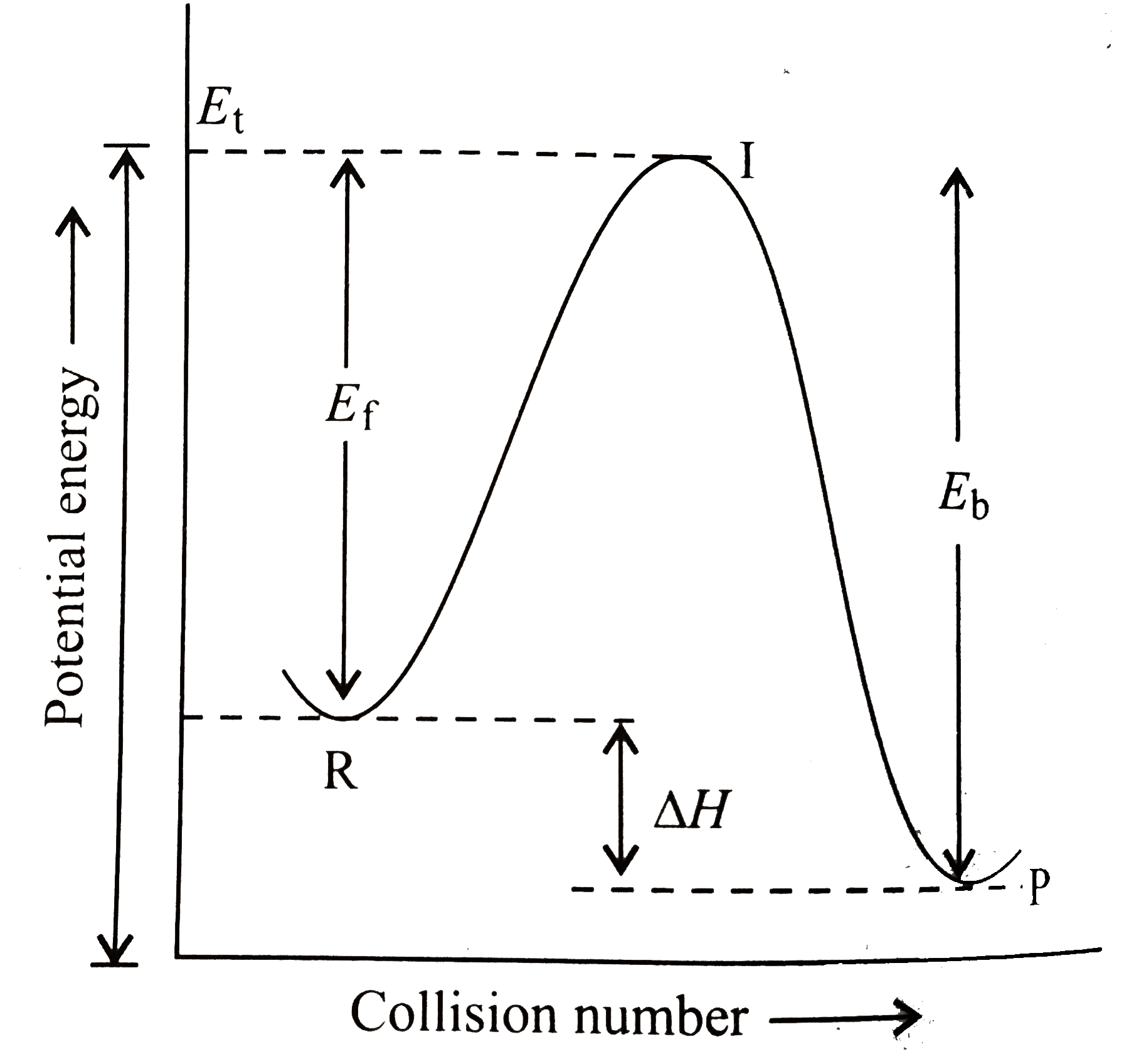A reactant (A) forms two products (Assume that A1=A2 , which are pre-exponential factor)
Ak1−−→B, Activation energy Ea1
Ak2−−→C, Activation energy Ea2
If Ea2=2Ea1, then k1 and k2 are related as: Solution in Malayalam
k1=2k2e−Ea2/RT
k2=k1e−Ea1/RT
k2=k1e−Ea2/RT
k1=Ak2e−Ea1/RT
Step by step video & image solution for A reactant (A) forms two products (Assume that A_(1) = A_(2) , which are pre-exponential factor) A overset(k_(1)) to B, Activation energy E_(a1) A overset(k_(2)) to C, Activation energy E_(a2) If E_(a2) = 2E_(a1), then k_(1) and k_(2) are related as: by Chemistry experts to help you in doubts & scoring excellent marks in Class 12 exams.
Updated on:21/07/2023Topper's Solved these Questions
- CHEMICAL KINETICS BOOK - BRILLIANT PUBLICATIONCHAPTER - CHEMICAL KINETICS EXERCISE - QUESTION (LEVEL - II) (Assertion - Reason)
4 Videos
- CHEMICAL KINETICS BOOK - BRILLIANT PUBLICATIONCHAPTER - CHEMICAL KINETICS EXERCISE - QUESTION
19 Videos
- CHEMICAL KINETICS BOOK - BRILLIANT PUBLICATIONCHAPTER - CHEMICAL KINETICS EXERCISE - QUESTION (LEVEL - l) (HOMEWORK) (ASSERTION- REASON)
6 Videos
- CARBOXYLIC ACIDSBOOK - BRILLIANT PUBLICATIONCHAPTER - CARBOXYLIC ACIDSEXERCISE - LEVEL-II (Assertion -Reason)
4 Videos
- CO-ORDINATION COMPOUNDS AND ORGANOMETALLICSBOOK - BRILLIANT PUBLICATIONCHAPTER - CO-ORDINATION COMPOUNDS AND ORGANOMETALLICSEXERCISE - Level-II (Assertion- Reason)
4 Videos
Similar Questions
Assertion: Precipitation of silver chloride occurs instantaneously by mixing of aqueous solutions of silver nitrate and sodium chloride
Reason: Ionic relations occur very fast
View SolutionA chemical reaction 2A→4B +C in gas phase occurs in a closed vessel the concentration of B is found to increase by 2.5×10−3molL−1 in 5 second calculate (i) the rate of appearance of B (ii) the rate of disappearance of A
View SolutionAssertion : Concentration of reactant in zero order reaction is constant.
Reason : For zero order reaction A→B , successive half life of reaction decreases with the progress of the reaction.
View SolutionAssertion : p-chlorobenzoic acid is more acidic than p-fluorobenzoic acid.
Reason : +R effect of fluorine is higher than that of chlorine due to the matching size of carbon and fluorine.
View SolutionAssertion : The complex ion [Ni(en)3]2+ has lesser stability than [Ni(NH3)6]2+
Reason : ln[Ni(en)3]2+, the geometry is square bipyramidal
View SolutionA colliison between reactant molecules must occur with a certain minimum energy before it is effective in yielding Product molecules. This minimum energy is called activation energy Ea Large the value of activation energy, smaller the value of rate constant k. Larger is the value of activation energy, greater is the effect of temperature rise on rate constant k.

Ef= Activation energy of forward reaction
Eb= Activation energy of backward reaction
ΔH=Ef−Eb
Ef= threshold energy
For two reactions, activation energies are Ea1 and Ea2, rate constant are k1 and k2 at the same temperature. If k1>k2, then
View SolutionA reactant (A) forms two products A overset (k_(1))rarr B , Activation energy E_(a1) A overset (k_(2))rarr C , Activation energy E_(a2) If E_(a_(2)) = 2E_(a_(1)) then k_(1) and k_(2) are related as
View SolutionThe rate constant (k1) of one of the reactions is found to be double than that of the rate constant (k2) of another reaction. The relationship between the corresponding activation energies of the two reactions Ea1<Ea2
View SolutionA reactant (A) froms two products, Aoverset(k_(1))toB , Activation Energy E_(a_(1)) Aoverset(k_(2))toB , Activation Energy E_(a_(2)) If E_(a_(1))=2E_(a_(2)) , then k_(1) and k_(2) are related as:
View SolutionA reactant (A) forms two products : A overset(k_(1))to B , Activation Energy E_(a_(1)) A overset(k_(2))to C , Activation Energy E_(a_(2)) If E_(a_(2))=2E_(a_(1)) , then k_(1) and k_(2) are related as
View Solution2A rarr B+C The mechanism of the above reaction given as 2A overset(K_(1))underset(K_(2))hArrX+2B (fast) X+B overset(K_(3))rarrC (slow) E_(1) = Activation energy for K_(1) K_(2) = Activation energy for K_(2) E_(3) =Activation energy for K_(3) Calculate E_("reaction") (given : E_(1) =10 kJ, E_(3)=5 kJ, E_(2) =12 kJ)
View SolutionFor the mechanism A+B?K2C,Ck3−−→D
(a) Derive the rate law using the steady-state approximation to eliminate the concentration of C.
(b)\ Assuming that k3<<k2, express the pre- exponential factor A and Ea for the apparent second- order rate constant in terms of A1,A2andA3andEa1,Ea2andEa3 for the three steps.
View SolutionA reactant (A) forms two products AK1−−→B, Activation energy Ea1AK1−−→C , Activation energy Ea2 If Ea1=2Ea2 , then K1 and K2 are related as
View SolutionA reactant (A) forms two products : A overset(k_(1))(rarr)B Activation Energy E_(a_(1)) A overset(k_(2))(rarr)C Activation Energy E_(a_(2)) If E_(a_(1)) then k_(1) and k_(2) are related as :
View SolutionA reactant (A) forms two products :
Ak1−−→B activation energy Ea1
Ak2−−→C activation energy Ea2
If Ea2=2Ea1, then k1 and k2 will be related as
View Solution
